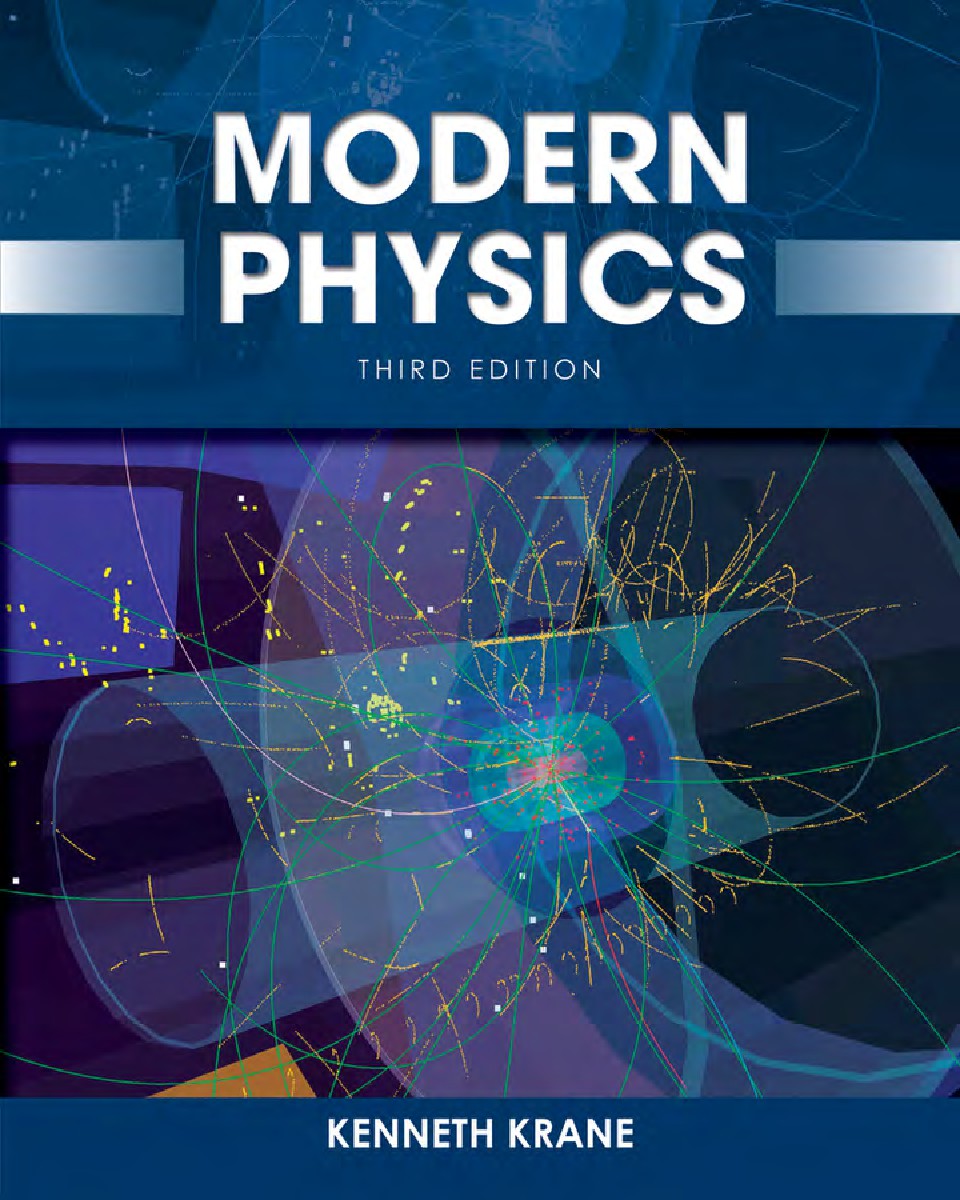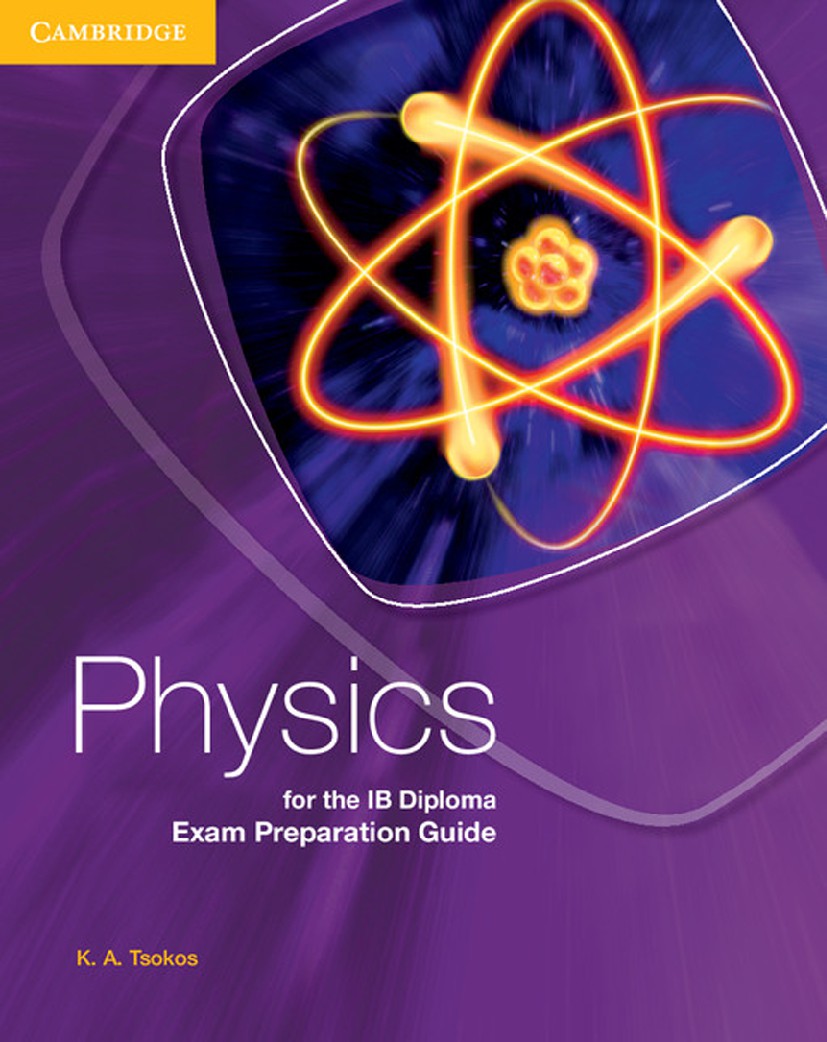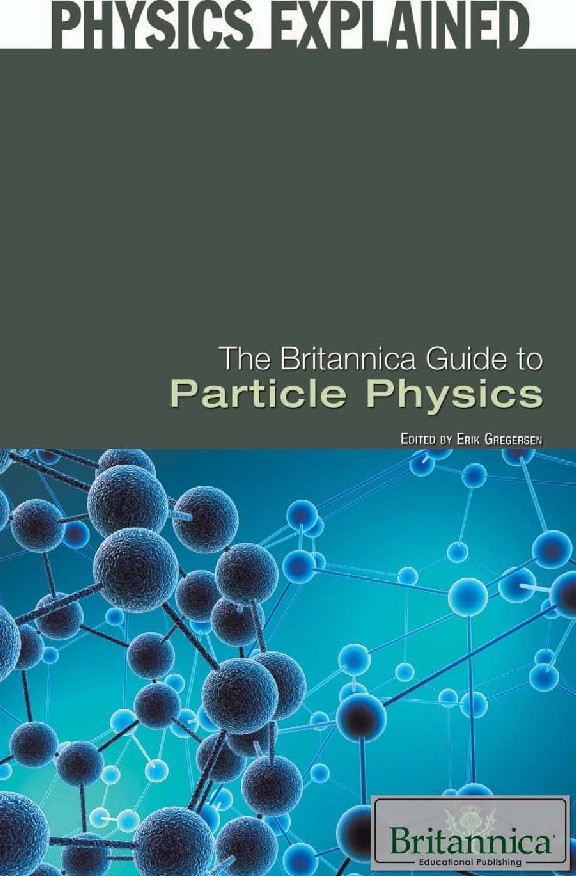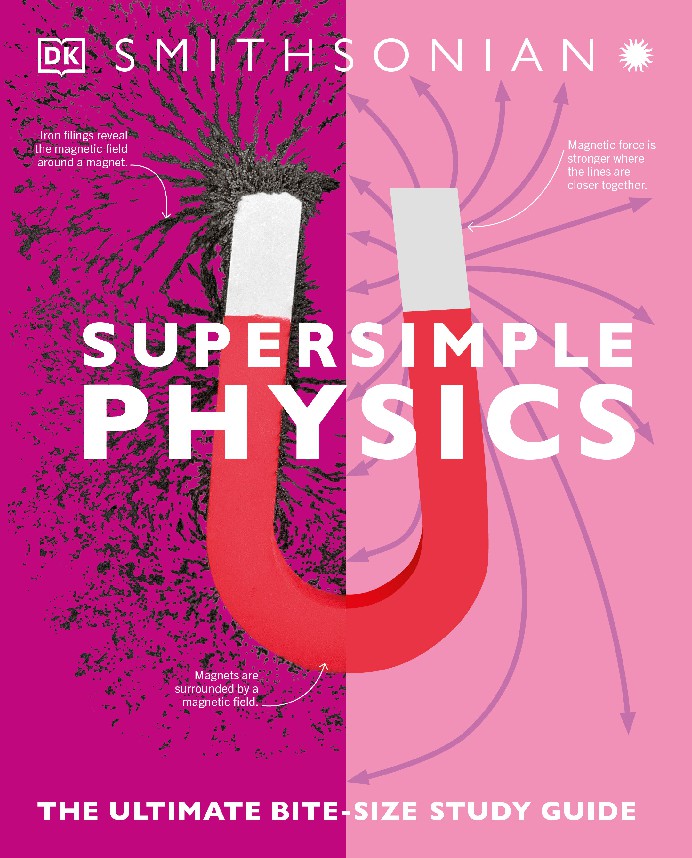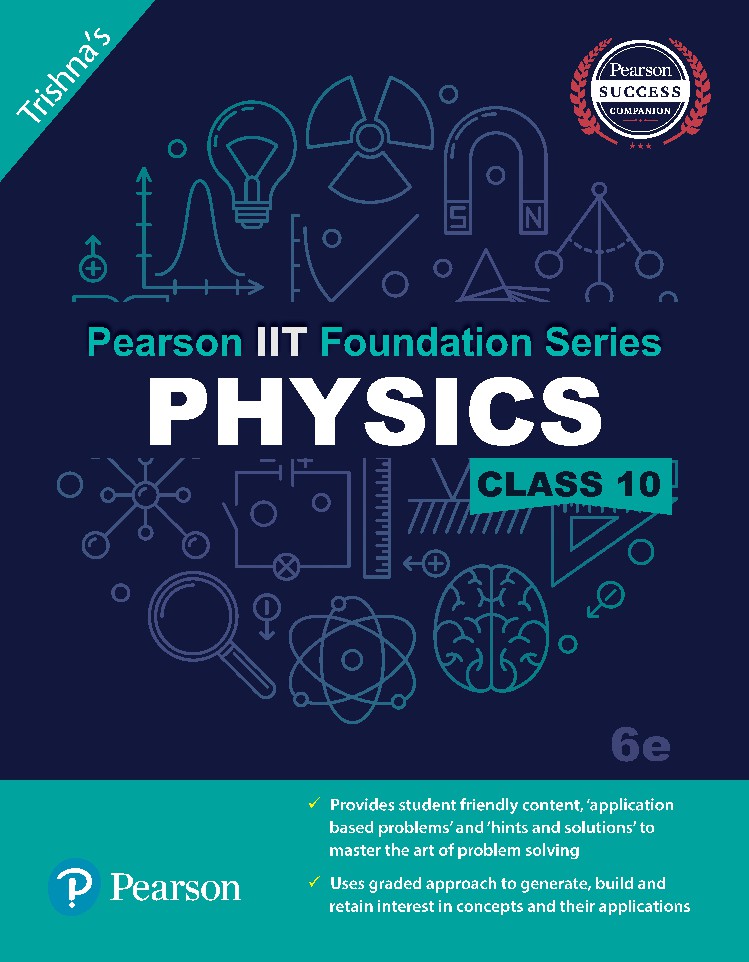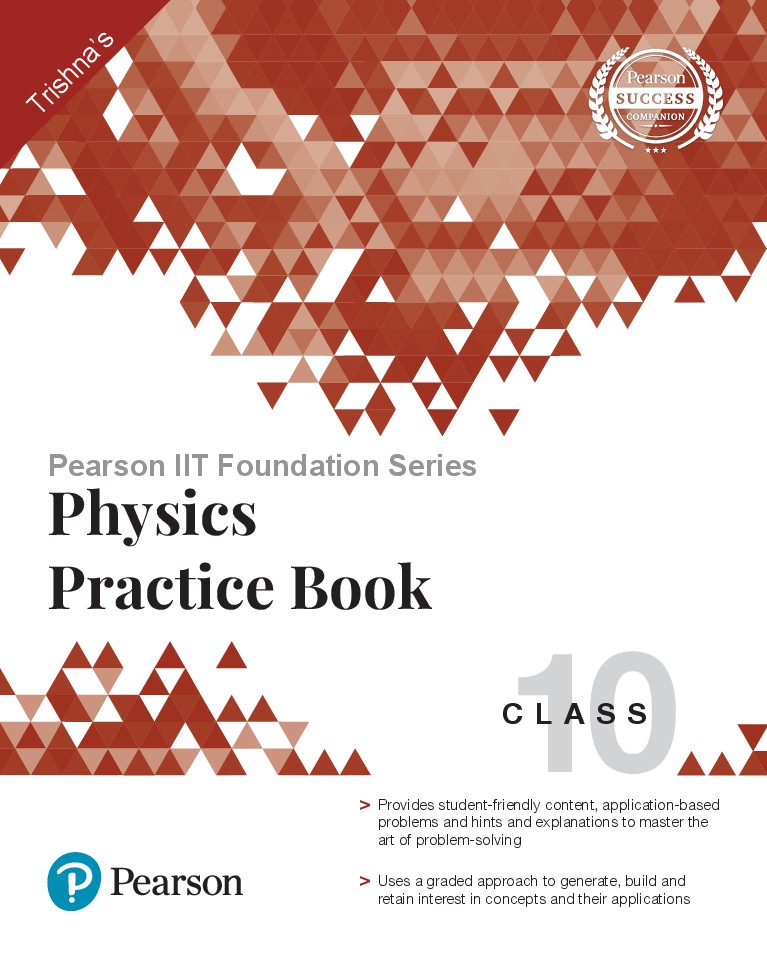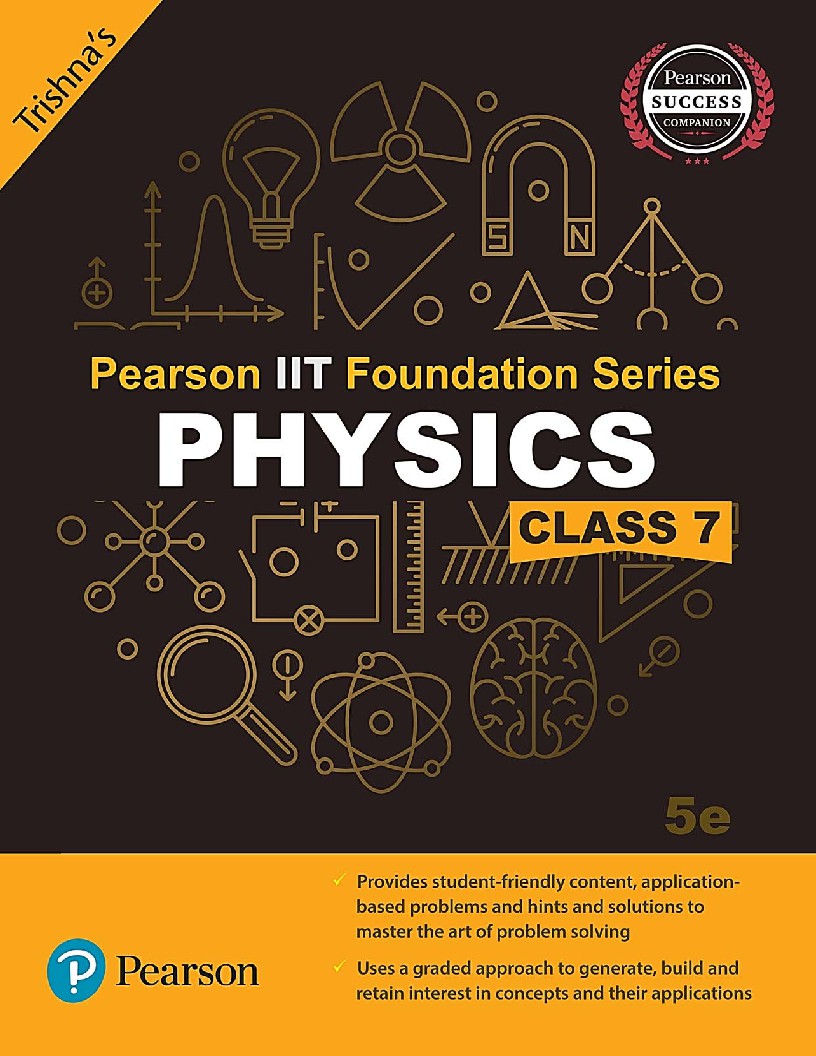Book Details
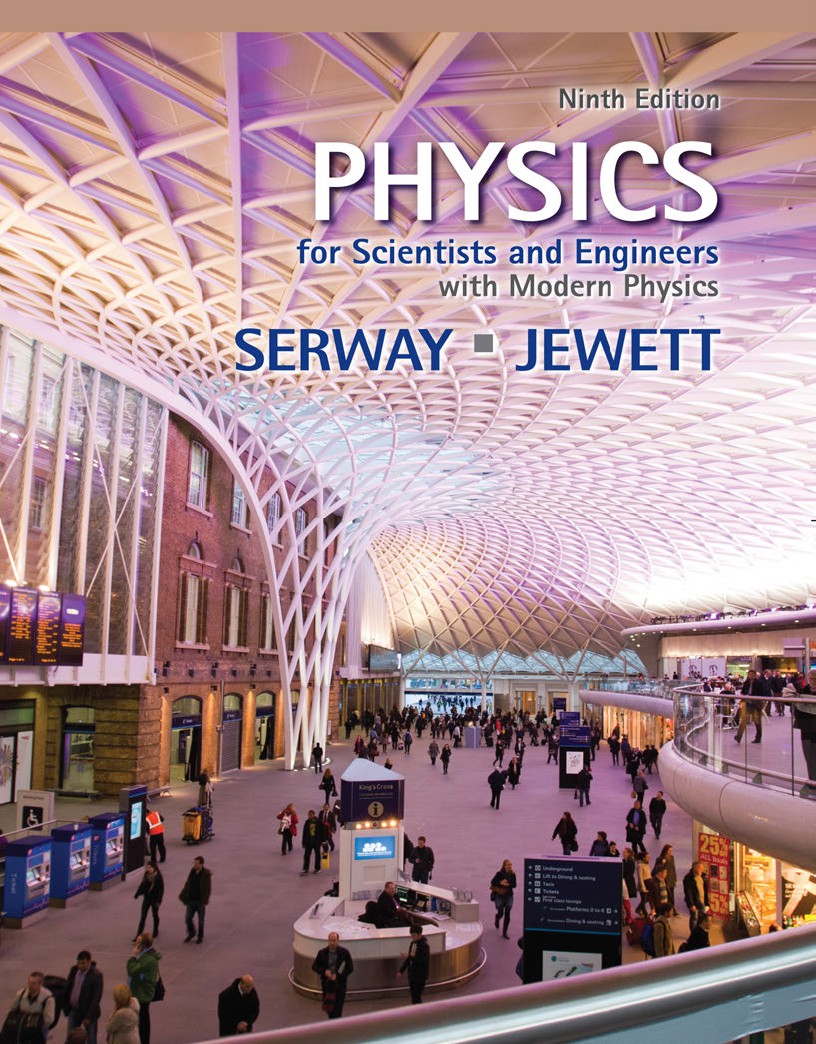
Physics for Scientists Engineers Modern 9th Ed
The Analysis Model approach we focus on in this revision lays out a standard set of situations that appear in most
physics problems. These situations are based on an entity in one of four simplification models: particle, system,
rigid object, and wave. Once the simplification model is identified, the student thinks about what the entity is
doing or how it interacts with its environment. This leads the student to identify a particular Analysis Model for the
problem. For example, if an object is falling, the object is recognized as a particle experiencing an acceleration due
to gravity that is constant. The student has learned that the Analysis Model of a particle under constant acceleration
describes this situation. Furthermore, this model has a small number of equations associated with it for use in starting
problems, the kinematic equations presented in Chapter 2. Therefore, an understanding of the situation has led
to an Analysis Model, which then identifies a very small number of equations to start the problem, rather than the
myriad equations that students see in the text. In this way, the use of Analysis Models leads the student to identify
the fundamental principle. As the student gains more experience, he or she will lean less on the Analysis Model
approach and begin to identify fundamental principles directly.
Author: Raymond A. Serway & John W. Jewett, Jr.
Pages: 1622
Issue By: Blue Stone Publication
Published: 2 years ago
Likes: 0
